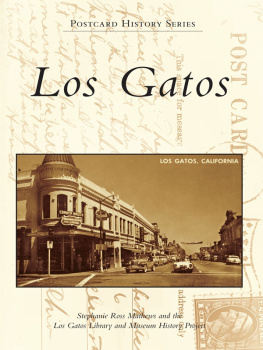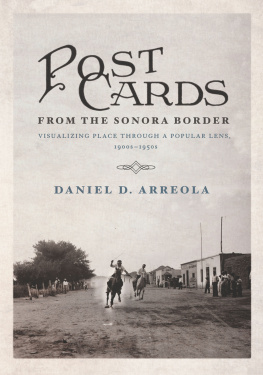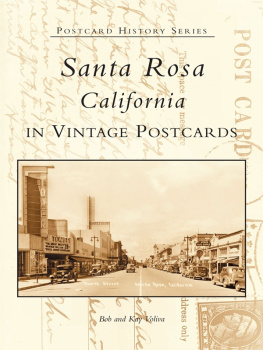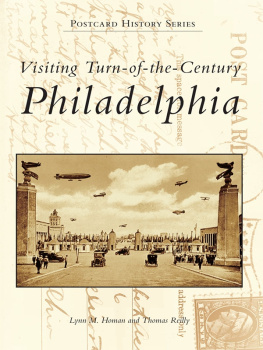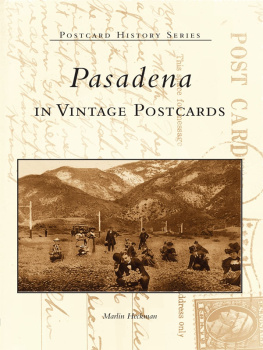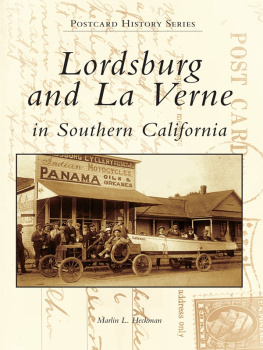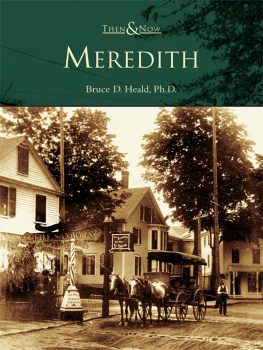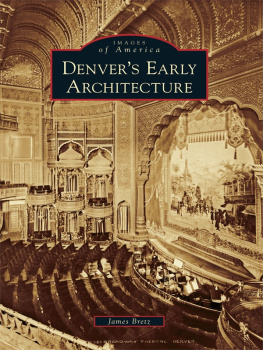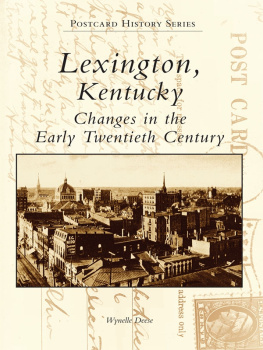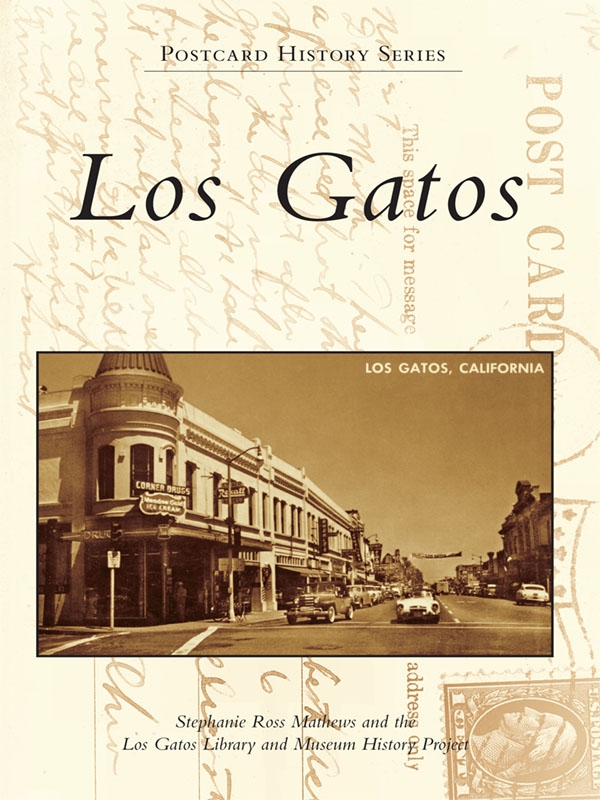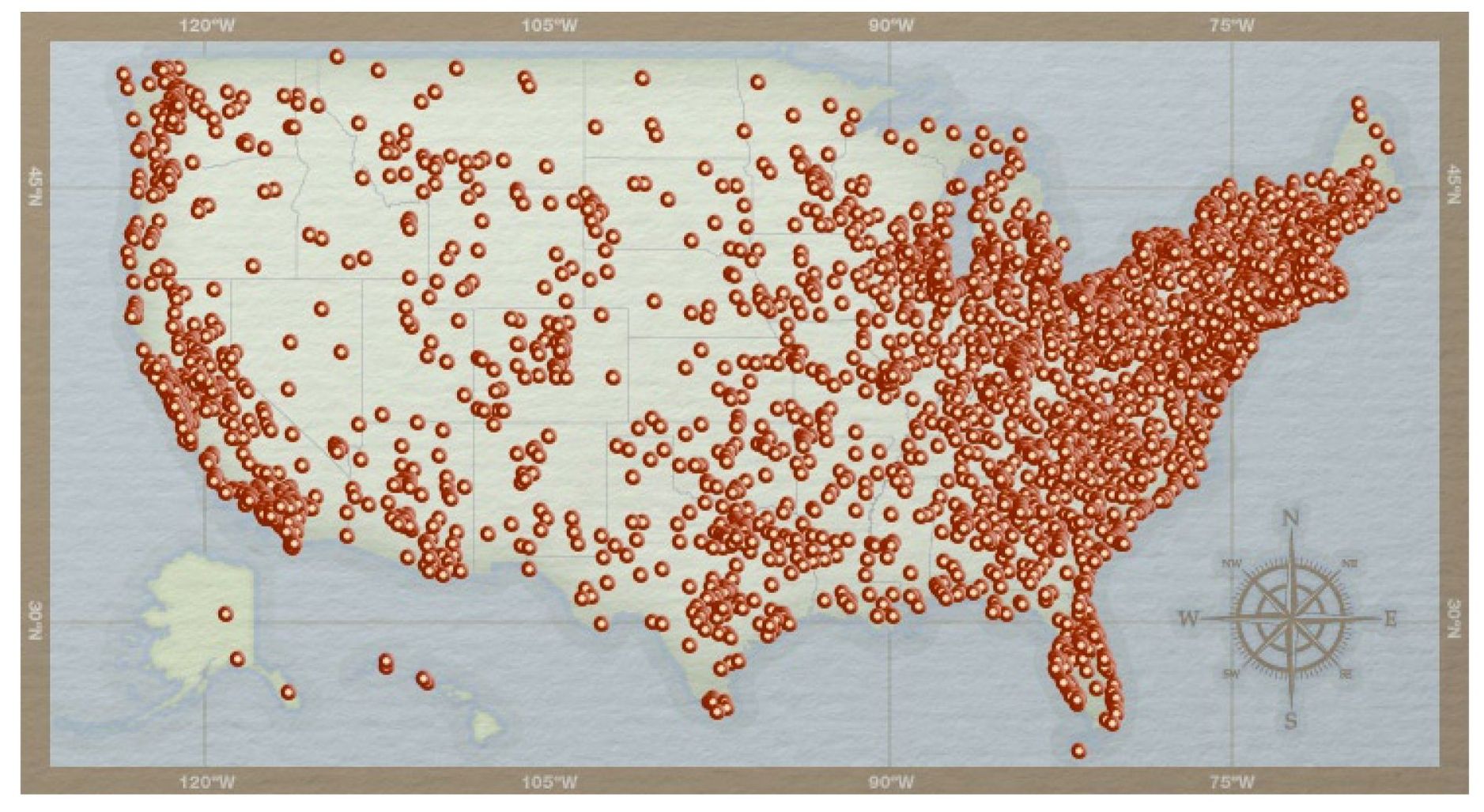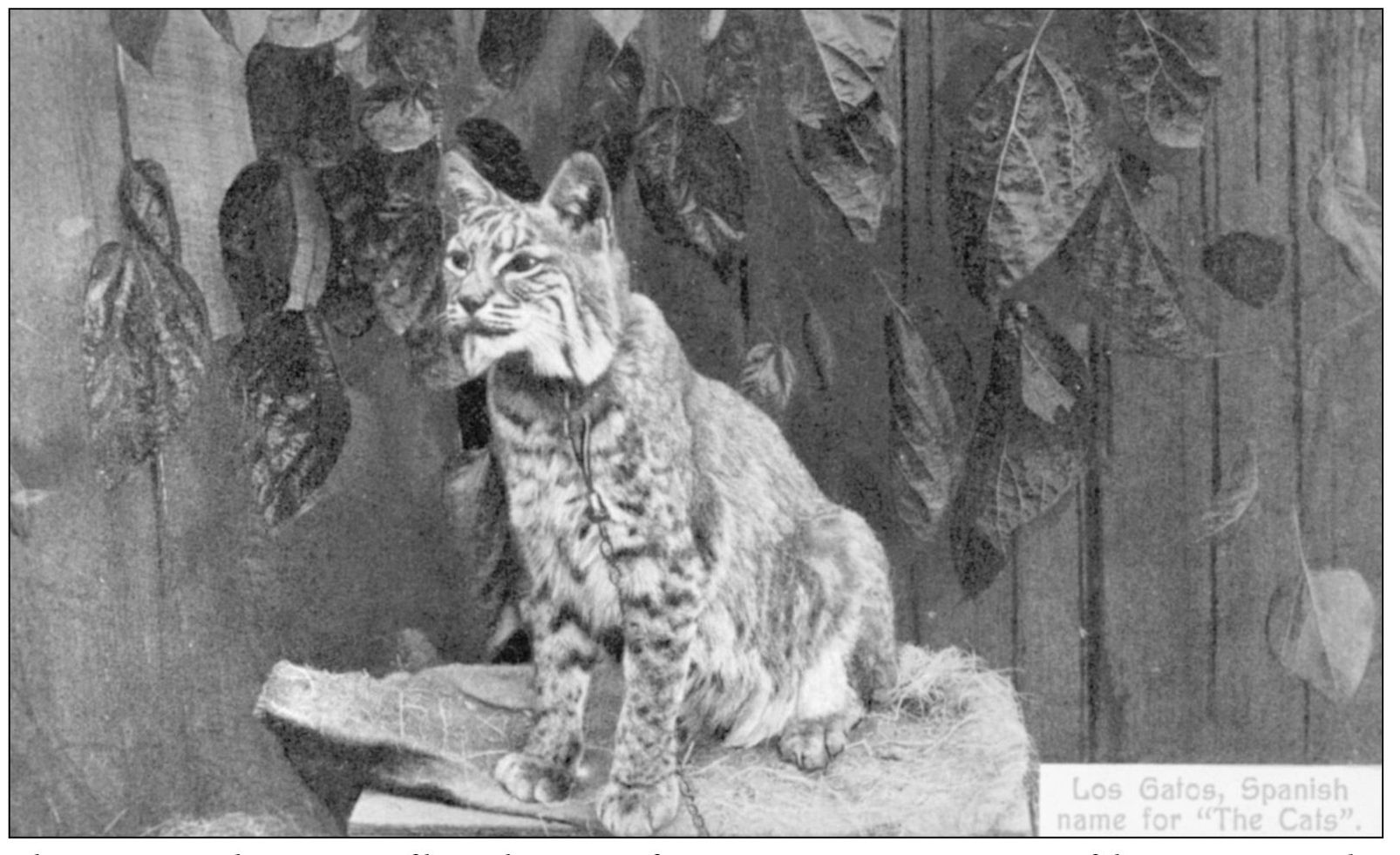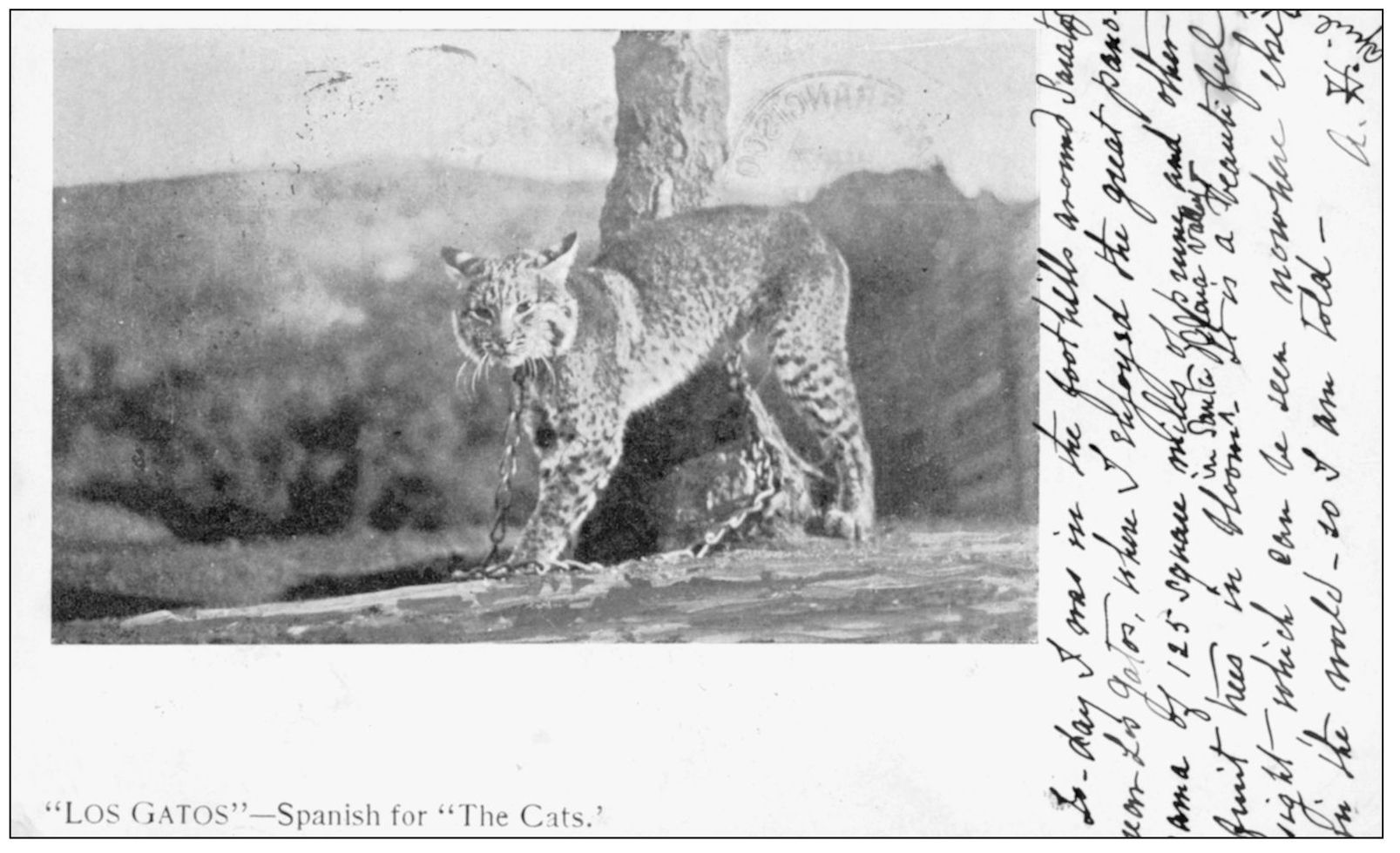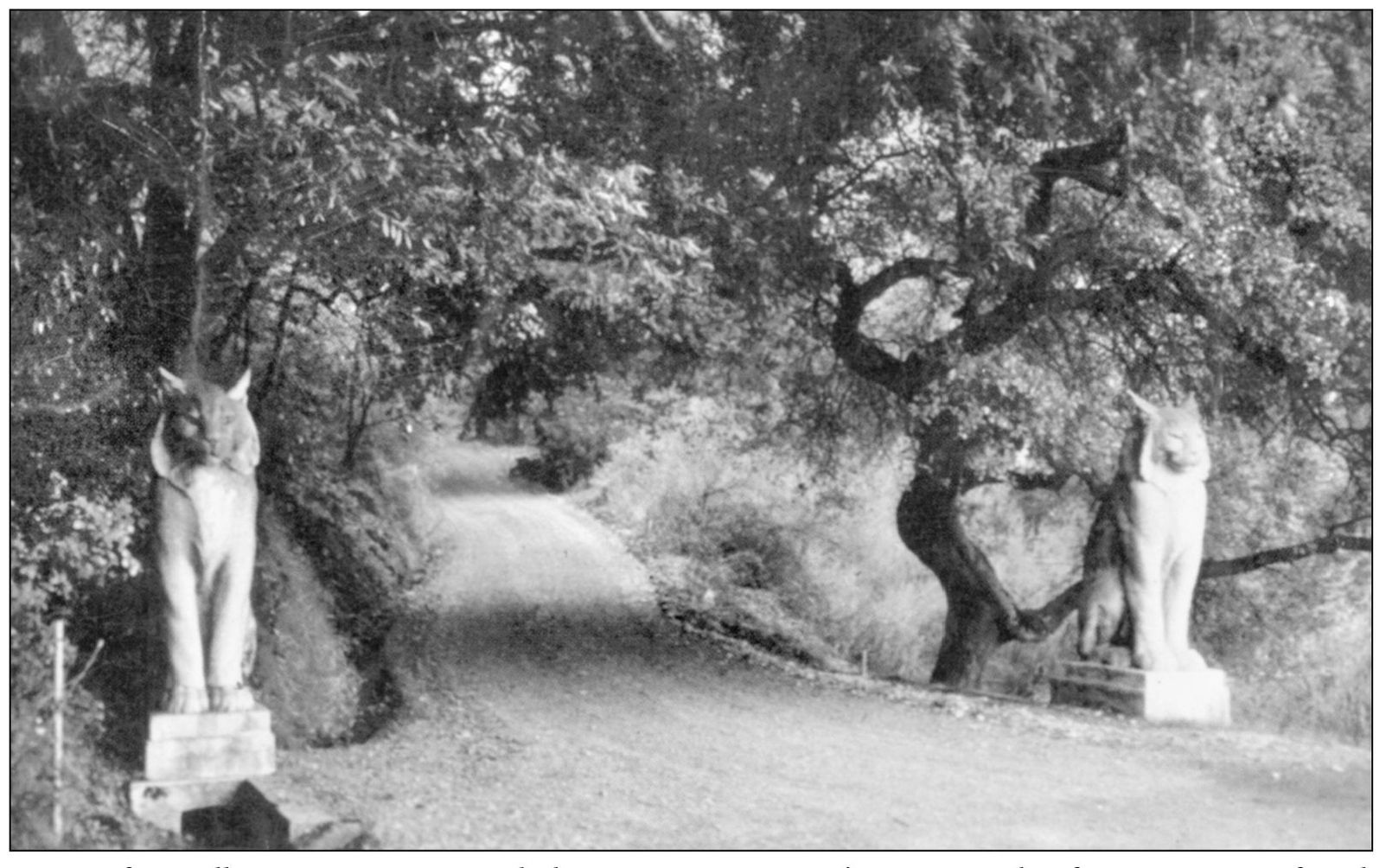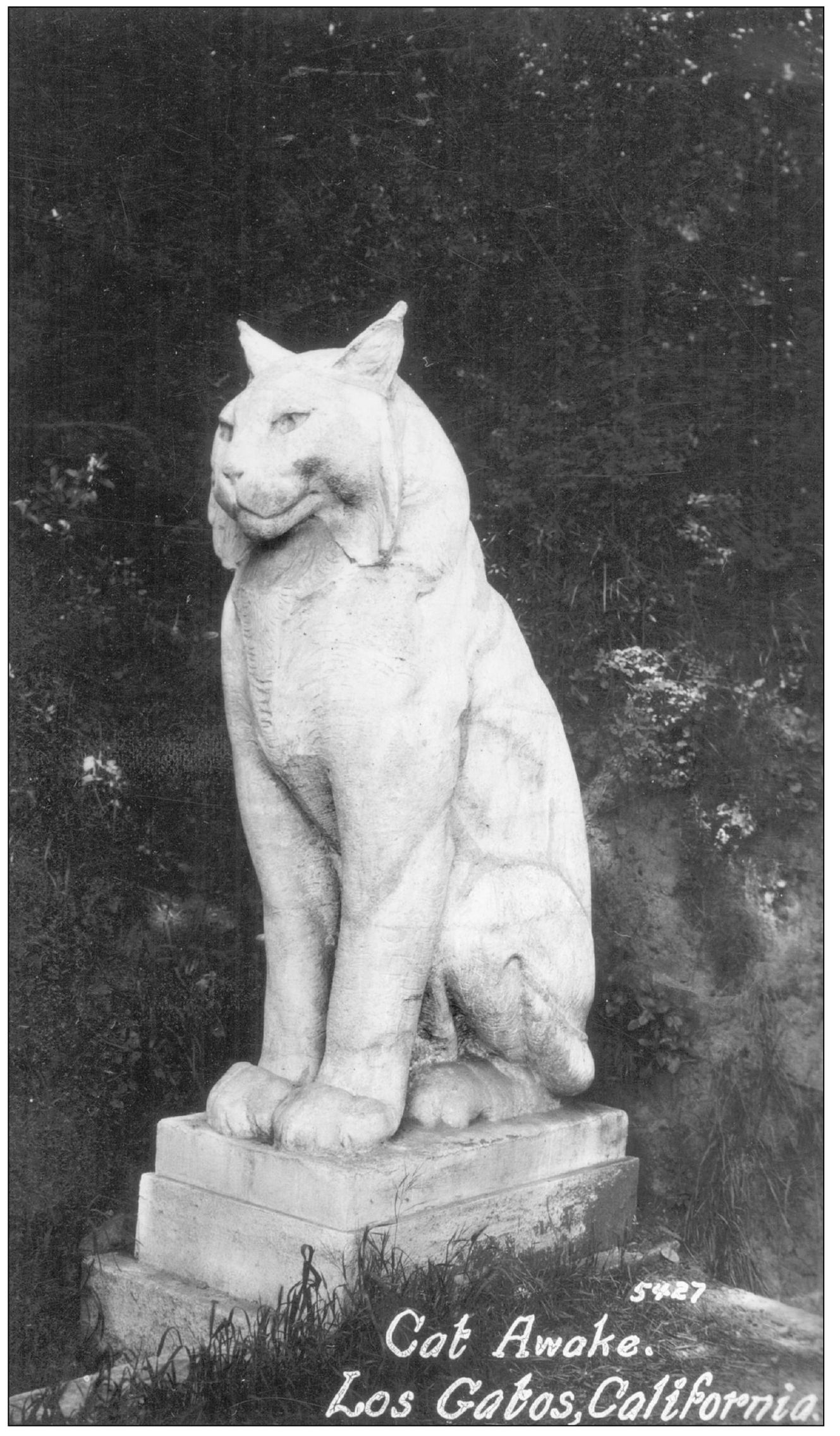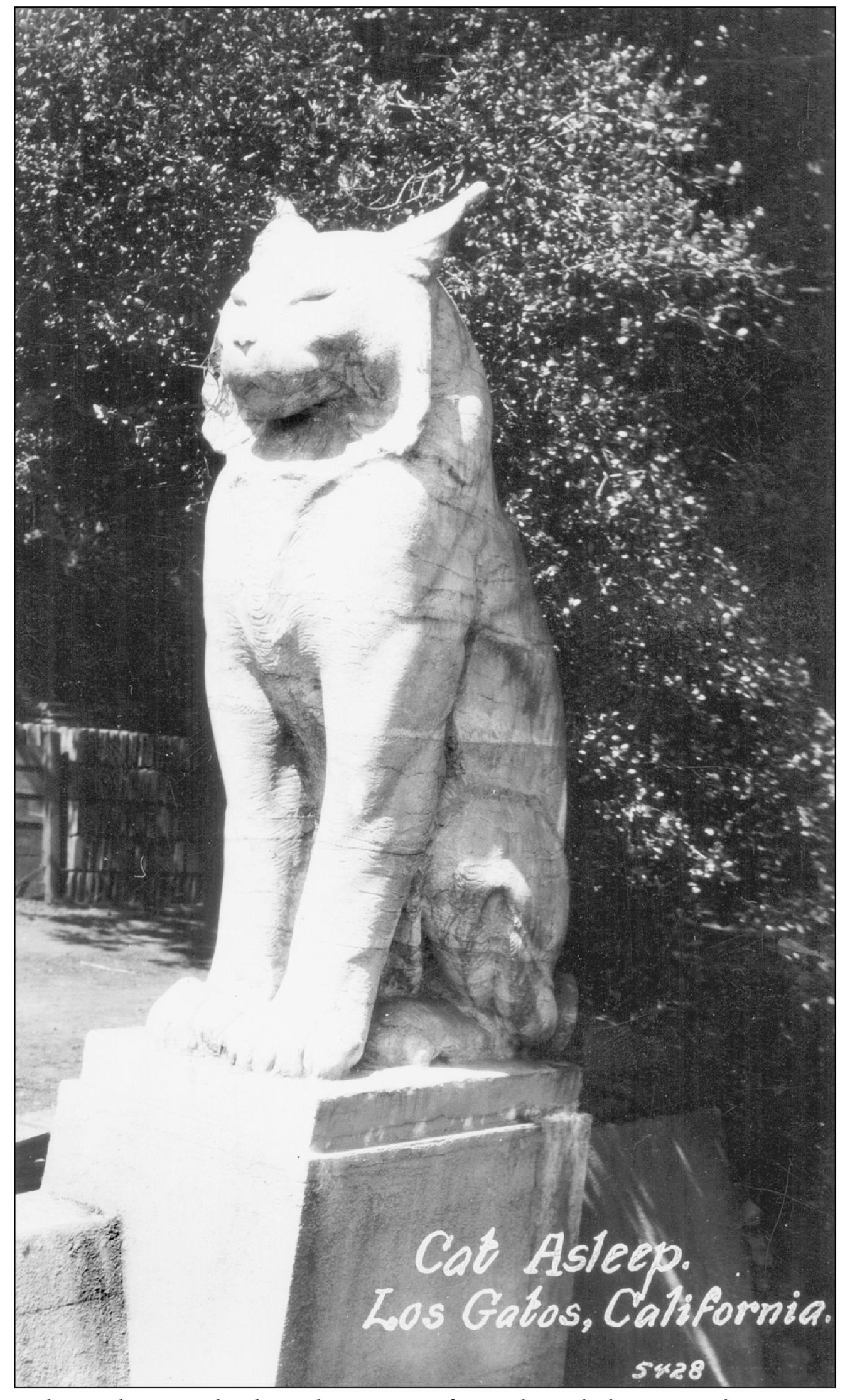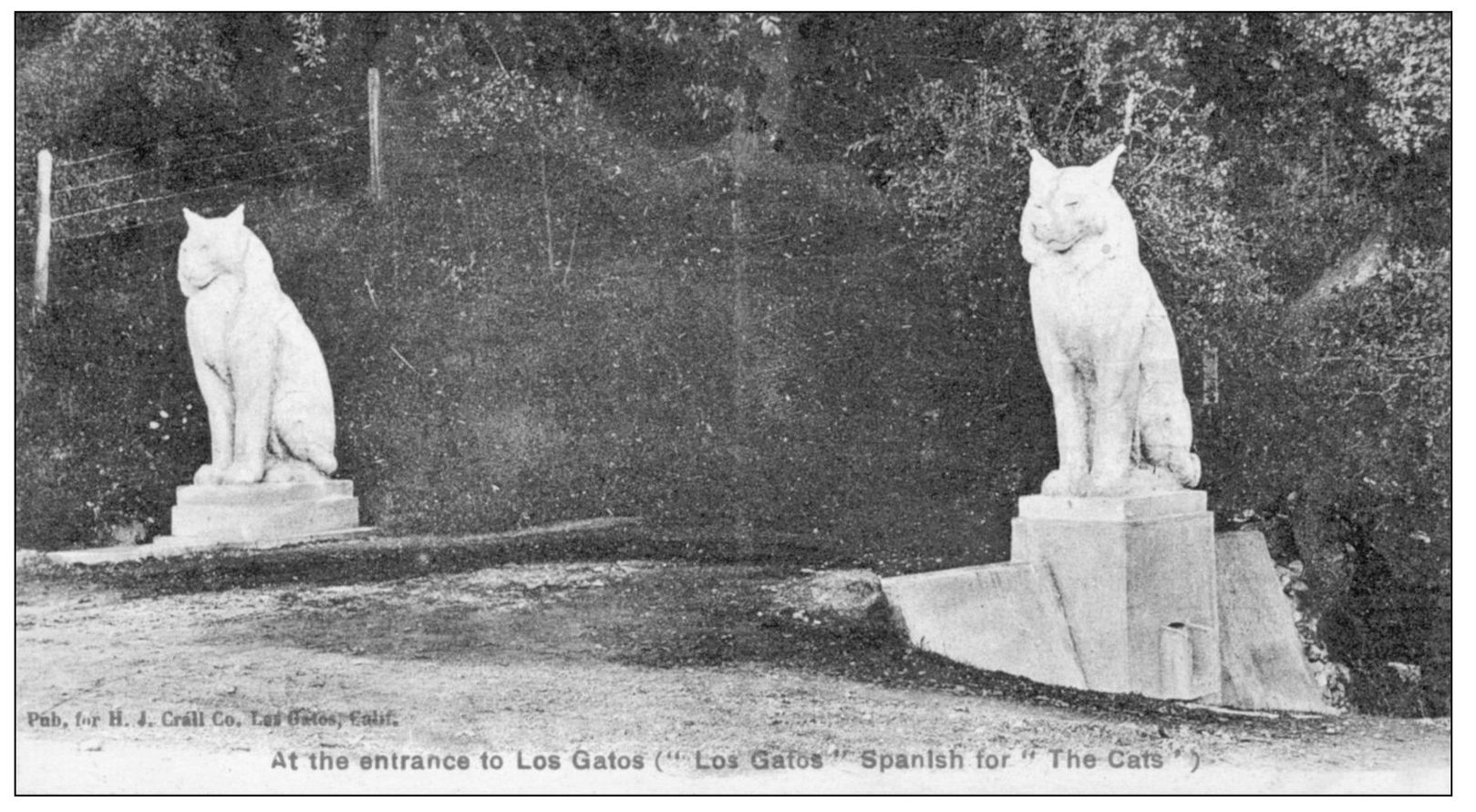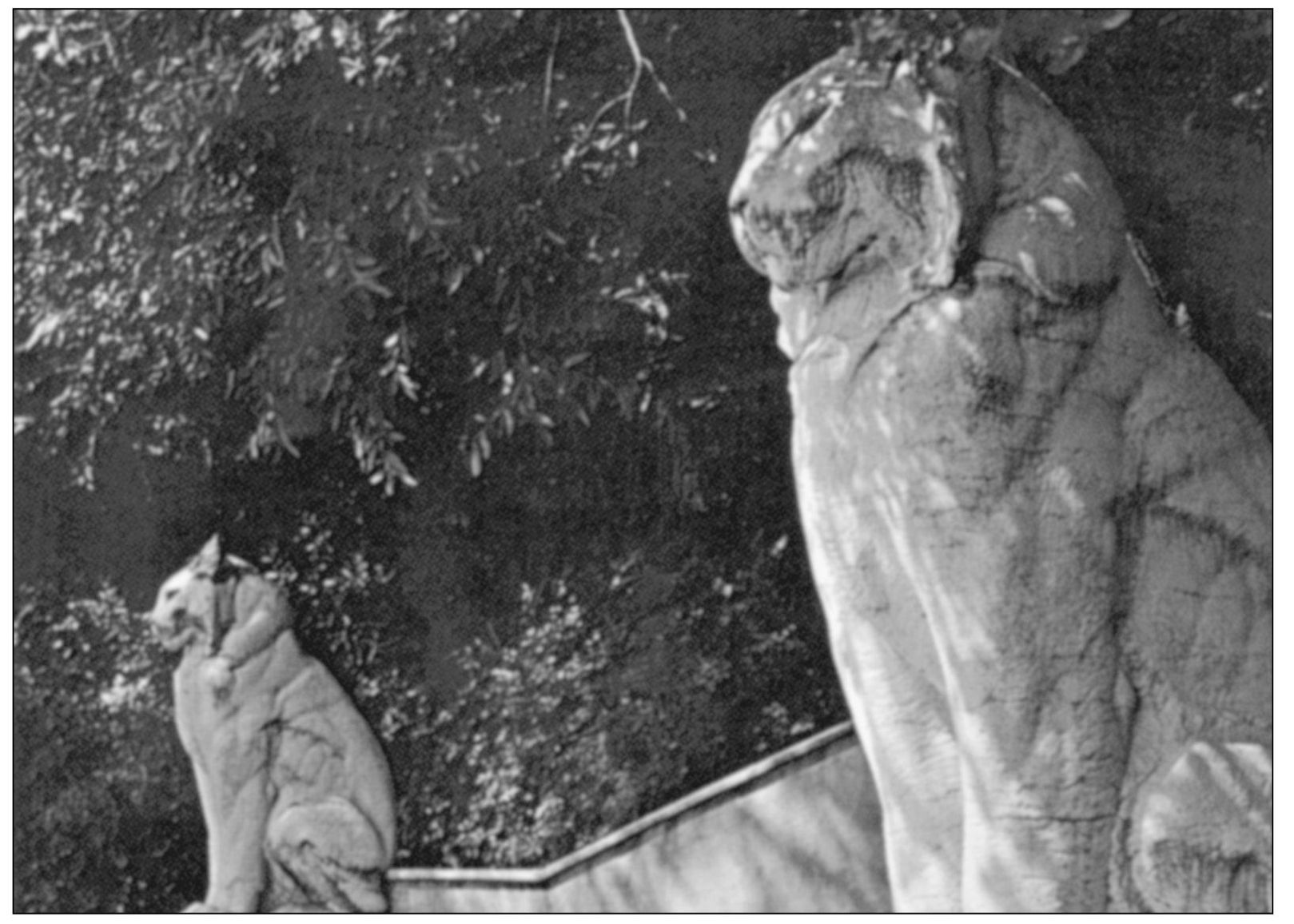In 2003, the Los Gatos Public Library began a local history project to organize and catalog existing library materials of historic interest. A short time later, because of a shared desire to preserve and make accessible the communitys heritage materials to residents, the Museums of Los Gatos joined the effort. I would like to express my sincere gratitude to Los Gatos library director Peggy Conaway for her encouragement and generosity in allowing me unlimited access to this incredible collection and permission to reproduce all of the images used in this book. I am also extremely grateful to librarian Paul Kopach for providing not only the technical expertise required but also for sharing his knowledge and enthusiasm for Los Gatos and its history.
Pat Dunning, of the Museums of Los Gatos, with her phenomenal recall of facts, has been extremely helpful and an inspiration in all things historical, and Kelly Reed, my editor at Arcadia Publishing, was always there to guide me.
Finally, I would like to thank antiques adviser and writer Steven Wayne Yvaska. As a result of a brief conversation he and I had about historic postcards, I am now an author!
BIBLIOGRAPHY
Bruntz, George G. The History of Los Gatos . Santa Cruz, CA: Western Tanager Press, 1983.
Conaway, Peggy. Los Gatos . San Francisco, CA: Arcadia Publishing, 2004.
. Los Gatos Generations . San Francisco, CA: Arcadia Publishing, 2007.
Dallas, Alistair. Los Gatos Observed . Los Gatos, CA: Infospect Press, 1999.
Jensen, Billie J. and Reece C. A Trip Through Time and The Santa Cruz Mountains . Gardnerville, NV: Ghastly Gallimaufrey, 1994 and 1998.
Kelley, Edward with Peggy Conaway. Railroads of Los Gatos . San Francisco, CA: Arcadia Publishing, 2006.
ABOUT THE ORGANIZATION
Early in 2003, Los Gatos Public Library began a local history project in response to a community that loves its cultural heritage. Staff set about organizing and cataloging existing library materials of a historic nature, some dating to the 19th century. Many of the items are fragile and needed to be stored in appropriate acid-free containers. A small Local History Room was established at the library in order to provide work space for staff and volunteers and to increase security for the many valuable and irreplaceable materials in our archives. The library was soon joined in its preservation efforts by the Museums of Los Gatos. Both the public library and the history museum wish to preserve and make accessible those materials, which can help residents know and better understand the communitys heritage. Both organizations have limited staff and funding, but both also have valuable, important, and often complementary collections relating to our history. The idea of a partnership, formed especially in an effort to digitize our historic images, seemed like a natural thing to do. The two institutions had existed side-by-side for many years and in fact are located across the street from each other, but they had not worked together in a significant way in the past. Approximately 75 individuals and 25 companies, organizations, clubs, and associations have contributed money, equipment, or time to Hooked on Los Gatos: The Library and Museum History Project. About 35 family collections will be represented in our cooperative database. To date, nearly 3,000 historic photographs, maps, death records, and other materials have been scanned, and many will become available on this site as the project progresses. The Los Gatos Weekly Times has generously allowed scanning of their archives. Students, researchers, genealogists, and people who love history will appreciate the wealth of information available about Los Gatos as the project develops. For more information, visit ourWeb site: historylosgatos.org/index.php .
Find more books like this at
www.imagesofamerica.com
Search for your hometown history, your old
stomping grounds, and even your favorite sports team.
One
THE CATS
There are countless stories of how the town of Los Gatos got its name. One of the most accepted is that in 1839, when Jose Hernandez was scouting the area for farmland, he observed a large number of wildcats and mountain lions. He concluded that water must be abundant for these creatures to survive, and he christened the area Rinconada de Los GatosSpanish for corner of the cats.
Wildcats of all sizes and descriptions, but mostly the stub-tailed bobcat variety, roamed the areas the Spanish explorers named for them, such as the Canyon of the Cats (Arroyo de los Gatos) and the Ridge of the Cats (La Cuesta de los Gatos).
Two 8-foot-tall concrete cats guard the entrance to Poets Canyon, the former estate of Col. Erskine Scott Wood and Sara Bard Field on the south side of town. He was a lawyer, poet, and Indian fighter and she a poet and suffragette when they took up residence here in 1919.The story of their somewhat untraditional relationship has often been retold by town historians.
In the beginning, Colonel Wood and Sara Field spent their time on the 34-acre wooded property in the hills to the south of Los Gatos in a small shack. They cooked in a stone fireplace, read to each other, and relaxed in the solitude of the country.
Sculptures by Robert Stackpole and Benny Bufano adorned the estate that was eventually completed in 1925 after Wood and Field returned from Europe. Robert Paines cat sculptures flank the gates at the bottom of the driveway and have been vandalized several times because of their proximity to the road.
The objective to placing the cats where they stand was to impress Californians with the idea that sculpture, in the states mild climate, could be used to beautify highways as well as parks and museums. The intent was to interest the youth of the country in art by making it part of their common everyday experience.
New York sculptor Robert Paine was commissioned to create the statues, not as symbols of the town of Los Gatos (the cats) as many presume, but because of the admiration Wood and Field had for the species. Paine studied wildcats at the San Francisco Zoo, and his lifelike creations continue to attract attention as objects of interest and amusement to this day.

